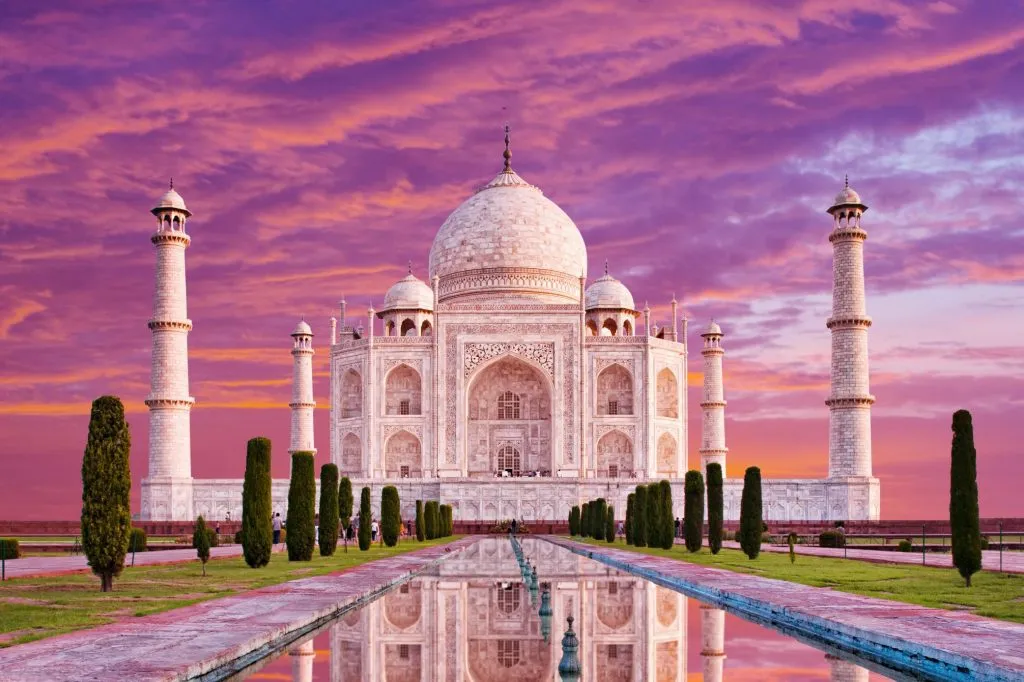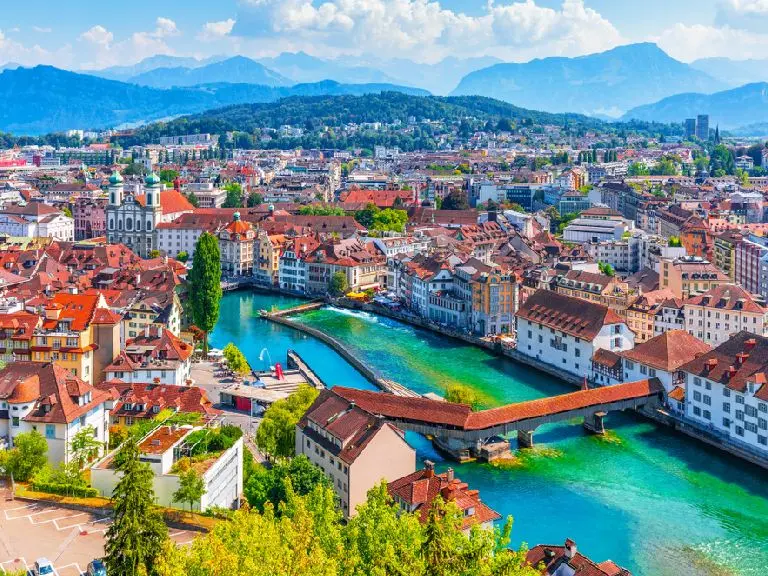
PNG vs GIF: Choosing the Perfect Image Format
In the world of digital imagery, PNG (Portable Network Graphics) and GIF (Graphics Interchange Format) are two popular image formats known for their distinct features and use cases. While both formats are widely used for web graphics and animations, they have unique characteristics that make them suitable for different purposes. In this blog, we'll explore the differences between PNG and GIF, their respective strengths, and when to use each format.
Understanding PNG (Portable Network Graphics)
PNG is a raster graphics file format known for its lossless compression and support for transparent backgrounds. It was introduced as a replacement for the GIF format and quickly gained popularity due to its superior compression capabilities and broader color support. PNG files are widely used for web graphics, digital art, and images requiring high-quality preservation without sacrificing file size or image fidelity.
Exploring GIF (Graphics Interchange Format)
GIF is a bitmap image format known for its support for animations and transparency. It was one of the first image formats used on the web and remains popular for its ability to create simple animations and compact file sizes. GIF files are commonly used for animated logos, banners, and emojis, as well as for displaying short video clips and memes on social media.
Use Cases and Applications
PNG:
Web Graphics: PNG is commonly used for web graphics, including logos, icons, and illustrations, due to its support for lossless compression and transparent backgrounds.
Digital Art: Artists and designers often prefer PNG for creating digital art and illustrations, as it preserves image quality and allows for easy editing and manipulation.
Photographs: While PNG is not typically used for photographs due to its larger file sizes, it can be suitable for images requiring transparency or when preservation of image quality is paramount.
GIF:
Animations: GIF is widely used for creating simple animations, such as animated logos, banners, and emojis, as well as for displaying short video clips and memes on social media platforms.
Compact File Sizes: GIF files tend to have smaller file sizes compared to other image formats, making them suitable for web graphics and animations where file size is a concern.
Browser Compatibility: GIF is supported by most web browsers and can be easily embedded into web pages without the need for additional plugins or software.
Key Differences
Color Support: PNG supports a broader range of colors and higher color depth compared to GIF, making it more suitable for images with complex color gradients and transparency effects.
Compression: PNG uses lossless compression, preserving image quality without sacrificing file size, while GIF uses lossless or lossy compression, resulting in smaller file sizes but potential loss of image quality.
Transparency: PNG supports full alpha transparency, allowing for smooth transitions between opaque and transparent regions, while GIF supports simple transparency with a single transparent color.
Animation: While PNG does not support animation, GIF is specifically designed for creating simple animations with multiple frames.
Conclusion
In conclusion, both PNG and GIF have their own strengths and are suitable for different types of images and applications. PNG is preferred for high-quality web graphics and digital art, where preservation of image quality and transparent backgrounds are important. On the other hand, GIF is ideal for creating simple animations and compact web graphics, where file size and browser compatibility are primary considerations. By understanding the differences between these two formats and their respective use cases, designers and developers can make informed decisions when selecting the most appropriate format for their projects.






